Brigadier General Sir Samuel Augustus Pethebridge: Administrator of German New Guinea during WWI
By JOL Admin | 2 November 2015
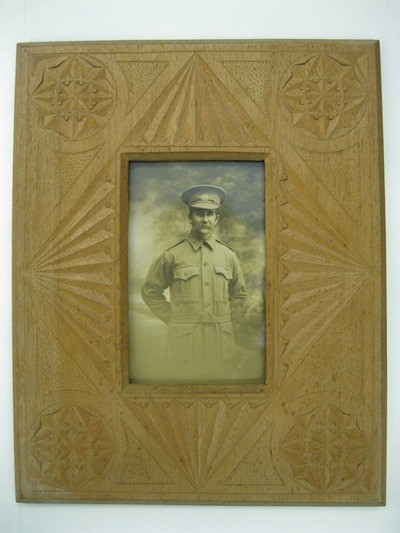
A notable Queensland public servant who served during World War I as the administrator of Australian occupied German New Guinea was Brigadier General Samuel Augustus Pethebridge. The photograph, above, of Pethebridge in military uniform, is part of a small collection of Pethebridge Family Photographs (Acc: 29030) held in the John Oxley Library.
The photograph, housed in an intricately hand carved wooden frame, must have been taken some time between 1914 and 1916 during Pethebridge's service in New Guinea with the Australian Naval and Military Expeditionary Force. This was the first force raised in Australia for overseas service during World War I.
Samuel Pethebridge was born in 1862 at Spring Hill, Brisbane. He was the son of Henry Lander Pethebridge, a carpenter who had also worked as the superintendent of the Cape Bowling Green lighthouse near Townsville. His mother was Sydney born Elizabeth Mary, nee Symons. In 1876 he entered the Queensland Public Service as a junior clerk, rising to become Secretary to the Marine Board. In 1893 he joined the Queensland Naval Brigade as a sub-lieutenant, rising to the rank of commander on his retirement from the Brigade in 1903.
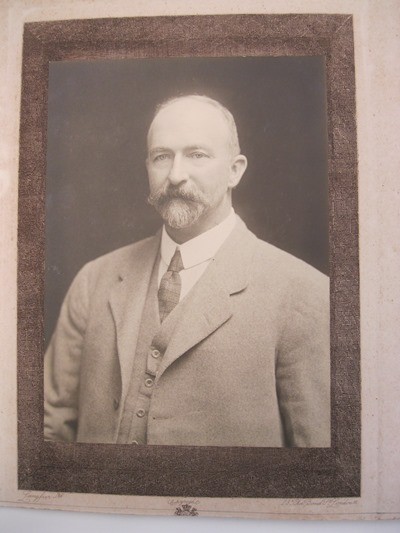
Studio portrait of Samuel Augustus Pethebridge. John Oxley Library, Negative No. 86176, Accession no. 29030
After Federation Pethebridge joined the Australian Department of Defence as chief clerk and in 1910 was appointed secretary. In 1914 he accepted the post of commander of the North-West Pacific Expedition which was raised to occupy German islands north of the equator. He was given the rank of Colonel but before the posting came into effect the British government decided to allow the islands to be left in the hands of their Japanese occupiers. On Pethebridge's suggestion his unit, known as Tropical Force, was used to relieve the expeditionary force led by Colonel W. Holmes which had captured German New Guinea in the first few weeks of the war. This was a significant military event as it was the first time that Australia had to defend its borders from a potential enemy invasion. In January 1915 Pethebridge succeeded Holmes as administrator of Rabaul.
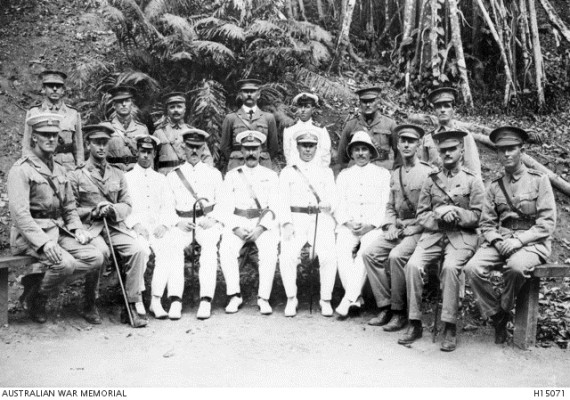
Brigadier General Sir Samuel Pethebridge and staff at Rabaul, New Guinea, 1917. Pethebridge is seated, 5th from left. Australian War Memorial, ID no. H15071, https://www.awm.gov.au/collection/H15071/
Pethebridge has been described as a conscientious and competent administrator and his main achievements were of an economic nature. He consolidated communications, both in the territory and with Australia, stopped the kidnapping of native labour and introduced the Australian banking system. In 1916 he was promoted to Brigadier General for his efforts, and in 1917 was appointed K.C.M.G. Unfortunately Pethebridge's health had started to fail even before his service in the tropics, and in early 1917 he contracted malaria which weakened him further and forced his return to Australia. Back in Melbourne his health deteriorated and he died on the 25th January 1918.
The two photographs of Pethebridge in the collection have been digitised and appear on our catalogue at:
Samuel Pethebridge, Queenslander Administrator of New Guinea, Negative No. 86176
Samuel Pethebridge in full military uniform, Negative No. 86175
Further information regarding Sir Samuel Augustus Pethebridge may be found in the Australian Dictionary of Biography.
The wooden frame displaying the photograph of Pethebridge was carved by Private Harold Charles Arthur Hurford of the 15th Australian Infantry Battalion. Hurford was a carpenter who lived in Hale Street, Petrie Terrace, Brisbane, quite close to the Pethebridge family home at Spring Hill. Hurford's name is imprinted on the reverse of the frame.
Harold Hurford also has an interesting and surprising story. He was wounded at Gallipoli in May 1915 with a severe gunshot wound to the jaw and was discharged as unfit for duty, returning to Australia in August of that year. In March 1918 he re-enlisted in the Royal Australian Naval Brigade, Naval Guard Section, and served in this unit until June 1918. In 1917 he had married Clarice Moreland Osborne, and in the 1925 electoral roll the couple is listed as living in Chatsworth Road, Greenslopes, Brisbane. Harold's occupation is that of builder. In 1930 Harold, Clarice and their young son, George, emigrated to Canada and in 1931 the family crossed the border into America. Despite his wartime injuries Harold had a long life, dying on the 18th October 1981 at Long Beach, Harrison County, Mississippi, U.S.A. Clarice had an even longer life, dying in Ontario, Canada, in 2001 at the age of 101.
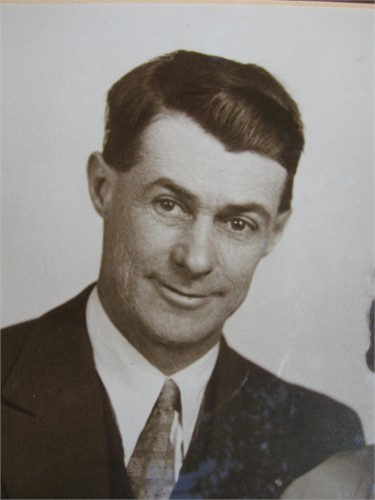
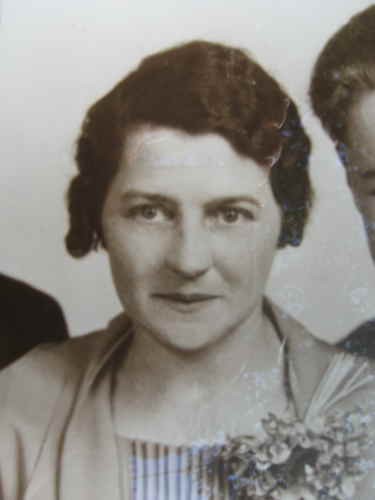
Comments
Your email address will not be published.
We welcome relevant, respectful comments.